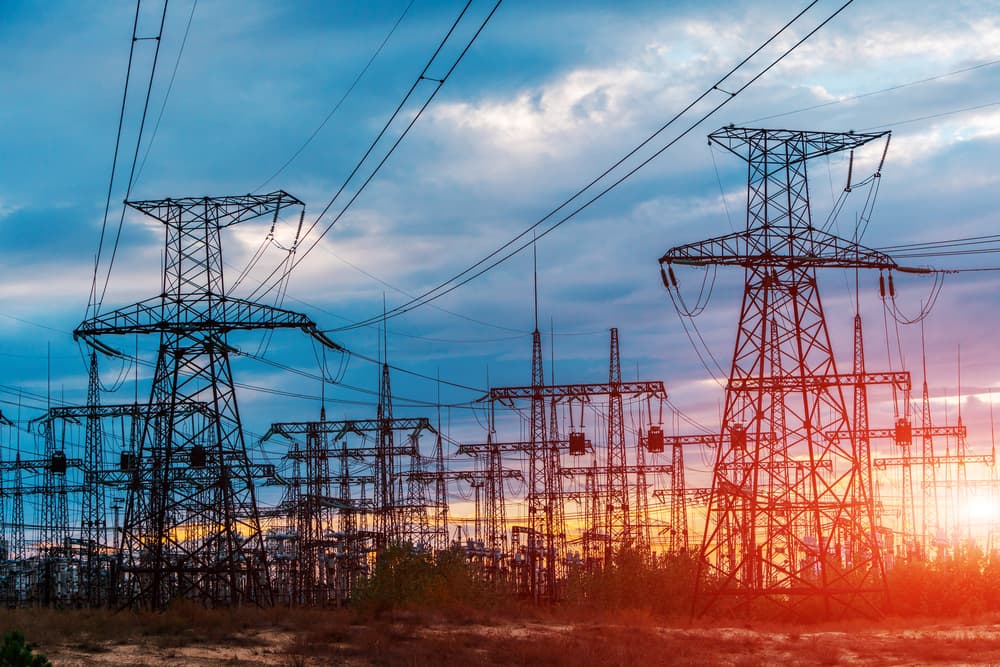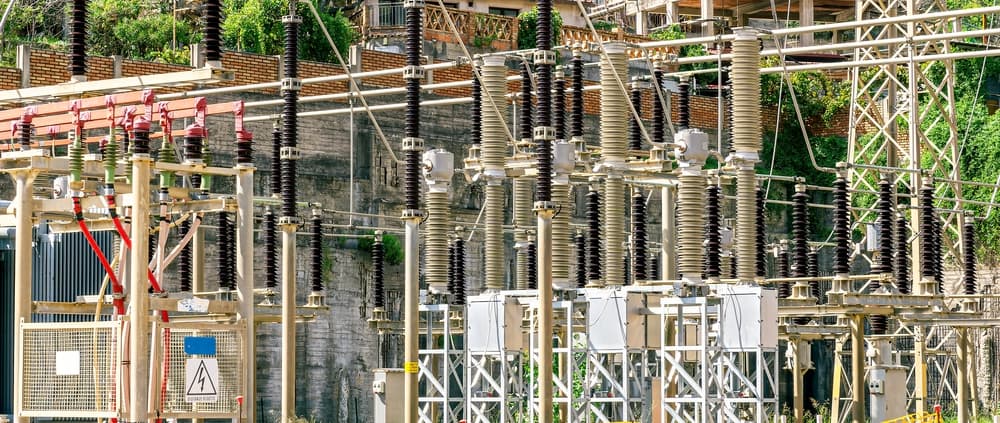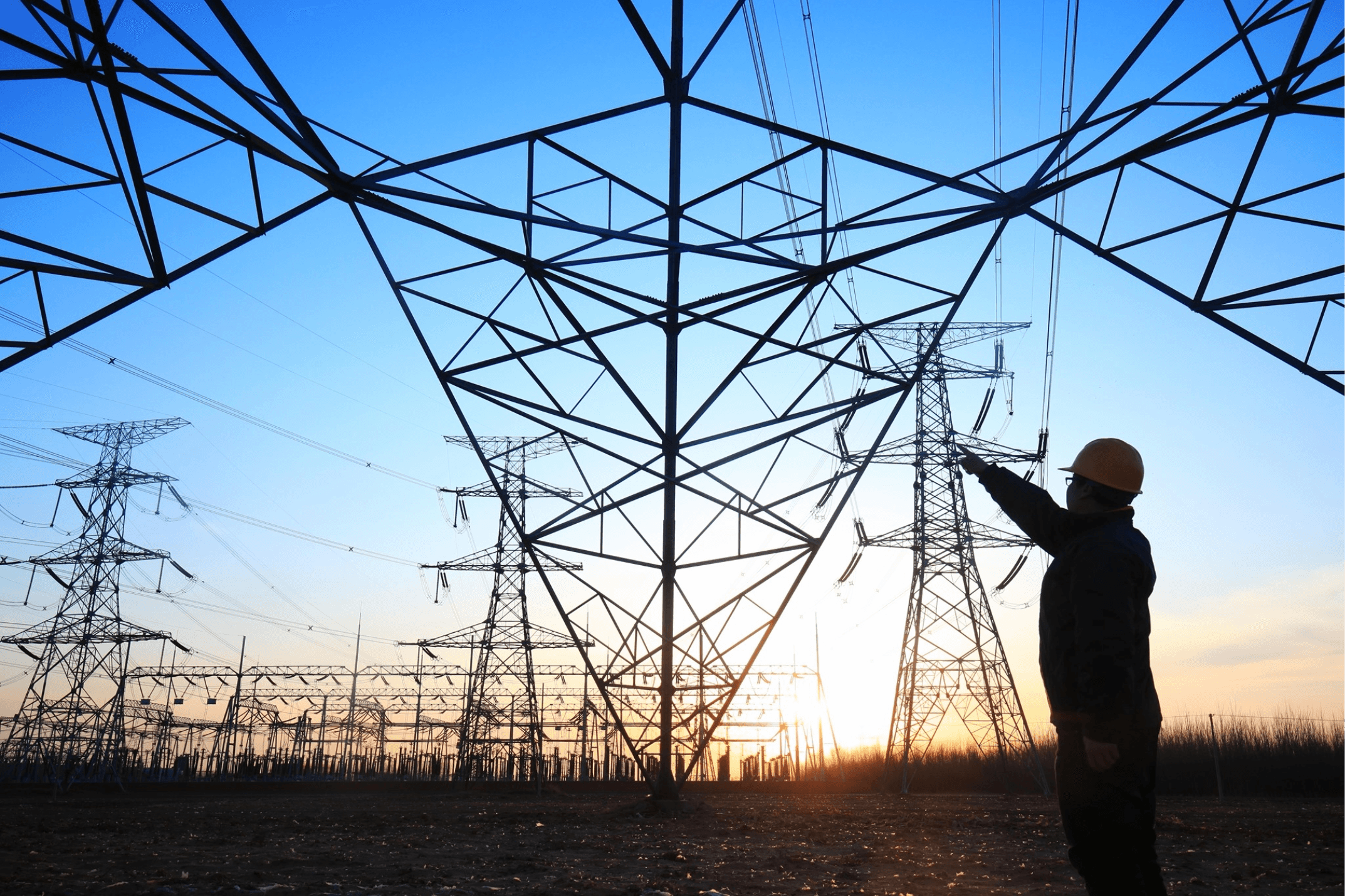Our Impact

Making a Difference
At GreenEngineering, we've helped reduce global carbon emissions by over 50 million tons through our innovative sustainable solutions.
Learn about our impact
At GreenEngineering, we've helped reduce global carbon emissions by over 50 million tons through our innovative sustainable solutions.
Learn about our impactUtility drawings are a critical foundation for safe and successful project delivery. Whether planning a new substation connection, managing a high-voltage diversion, or coordinating with DNOs and other stakeholders

Utility drawings are a critical foundation for safe and successful project delivery. Whether planning a new substation connection, managing a high-voltage diversion, or coordinating with DNOs and other stakeholders, reliable utility mapping is essential to avoid costly errors, ensure compliance with health and safety regulations, and safeguard the integrity of critical infrastructure.
Updating these drawings, however, is far from straightforward. It demands in-depth technical knowledge of the UK’s complex utility landscape, strict adherence to NJUG and PAS 128:2022 standards, and the ability to coordinate with civil, electrical, and environmental design disciplines.
Inaccurate or outdated utility information can lead to hazardous service strikes, significant delays, and spiralling project costs, especially at high voltage. That’s why specialist expertise is indispensable. Companies with proven experience in the energy sector understand how to extract, verify, and integrate utility data into coordinated, compliant drawings that minimise risk and enable safer, more efficient delivery of complex grid and generation projects.
Utility drawings in the UK energy sector must be regularly reviewed and updated to maintain accuracy and ensure the safety of construction and excavation works. These drawings are typically only valid for around 90 days, as underground infrastructure is frequently altered due to new installations, diversions, or maintenance activities.
Changes to buried utilities, such as relocating gas mains, installing new power cables, or modifying existing water lines, can quickly render older plans obsolete. Prior to any excavation, it is essential to obtain the most recent utility data to comply with safety regulations and avoid potentially catastrophic service strikes.
Standards such as PAS 128:2022 further reinforce this requirement by mandating the use of up-to-date utility records, often within just 48 hours of a survey. Accurate and current utility drawings not only reduce health and safety risks but also support compliance with NJUG guidelines, proper planning under streetworks legislation, and the delivery of correct "as-laid" documentation for future reference.
In the UK, health and safety regulations around excavation and construction are clear: the risks posed by underground utilities must be carefully managed to protect workers, the public, and critical infrastructure.
Central to this effort are utility drawings, which provide detailed information about the type, depth, and exact location of buried services such as electricity cables, gas mains, water pipes, and telecom lines.
The Health and Safety Executive’s (HSE) guidance document HSG47 outlines the legal and practical obligations of those undertaking excavation work, highlighting the serious risks of service strikes. This includes electrocution, gas explosions, flooding, and significant service disruption.
Professional support in updating utility drawings ensures they reflect the most current information available and meet compliance standards, helping organisations fulfil their legal duty of care and drastically reduce the risk of accidents.
Professionally updated utility drawings do more than identify potential hazards. They actively enable safe working practices on-site. The experienced utility specialists at Green Engineering understand how to interpret complex asset maps, coordinate data from multiple utility providers, and align drawings with NJUG standards.
They ensure all buried services are clearly represented, allowing contractors to plan safe excavation methods and, where necessary, take additional precautions such as hand-digging or arranging trial holes. Where utility data is incomplete, it must be updated.
This level of diligence is not only best practice, it is essential for legal compliance. Without accurate, up-to-date utility drawings created by professionals, contractors risk breaching HSG47 guidance and exposing themselves to serious legal, financial, and safety consequences.

13 October 2025

7 October 2025

1 October 2025
Interested in learning how we can help your business with sustainable energy solutions?
Contact Us